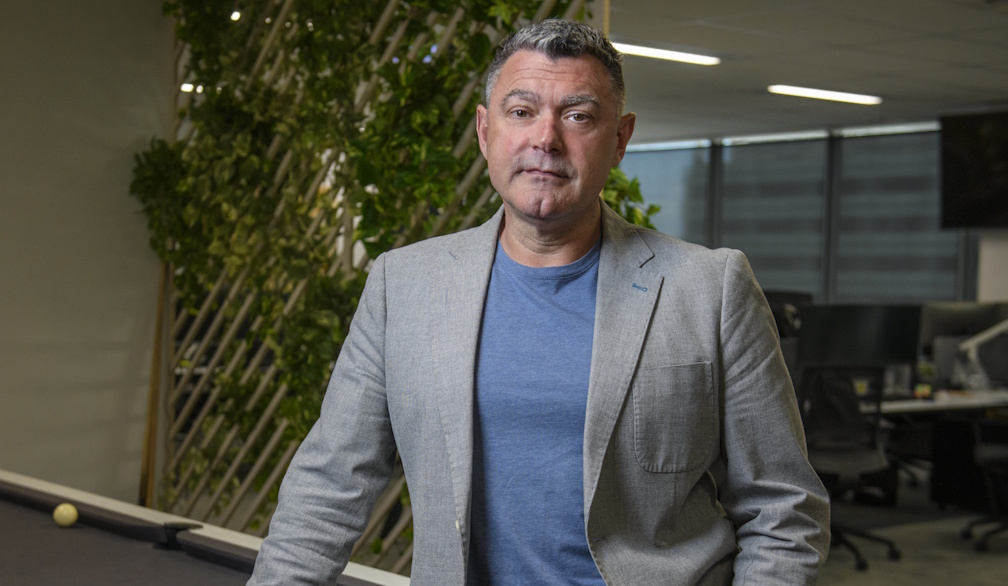To get out of this well we are going to have to think like central planners
- Written by John Quiggin, Professor, School of Economics, The University of Queensland
Within the space of weeks, Australia has been transformed into a command economy.
Businesses are being told whether they can or cannot open and how they must operate, consumers are subject to formal and informal rationing, workers are directed to stay home, or, in the case of schoolteachers, until now ordered to turn up regardless of risk.
All of it is taking place against the background of what is assumed to be a market economy, where businesses are meant to live or die according to their success in meeting the needs of consumers, and where unemployed workers are expected to find jobs or live in poverty.
Read more: View from The Hill: Entertainment venues closed in draconian measures to fight the virus[1]
The economy we thought we were living in is one in which individual problems are addressed case by case, with nothing remotely resembling an overall plan.
For the next couple of weeks at least, as the lockdown of the economy is completed, policy will be made up as we go along.
But then it will be time to think about the future, and how we will deal with the consequence of the command economy we have created. It’s unlikely that we will be able to return to the economy that existed a month ago.
Indeed, the catastrophic bushfire season, now pushed out of our minds by COVID-19, demonstrated that we could not go on as we have done.
Economists think like planners
To think about how to deal with the crisis in the medium term, it’s useful to adopt the perspective of a central planner.
Surprisingly, perhaps, this is something economists do regularly, even though hardly any of us support comprehensive central planning.
The idea, in dealing with an economic problem like unemployment, is to ask how a perfectly informed, and purely benevolent social planner might deal with it. (To avoid getting into disputes about comparative systems, economists mostly prefer the term “social planner” to “central planner”)
No such omniscient and benevolent planner exists or is likely to, but we can use the ideal planned solution as a benchmark against which to compare market outcomes.
Read more: Scalable without limit: how the government plans to get coronavirus support into our hands quickly[2]
A famous conclusion of mainstream economics, with the grandiose title of the Second Fundamental Theorem of Welfare Economics[3], states that, under ideal conditions, and with the right initial allocation of property rights, perfectly competitive markets can replicate any outcome that might be chosen by a social planner.
But, just like omniscient and benevolent social planners, perfectly competitive markets don’t exist in reality. So economic analysis involves comparing market outcomes to the unattainable ideal of the perfect social planner, then considering policy changes that might move the economy closer to the ideal.
How a planner would think
How might a social planner respond to the COVID-19 crisis, and the lockdowns it has necessitated?
The planner would begin with an assessment of the resources available to the community and the technology available, which in turn would determined the set of goods and services that could be produced.
Having selected a particular set of goods and services, the planner would decide who should get them, subject to various constraints of feasibility and equity.
Read more: State-by-state: how Australia's new coronavirus rules will affect you[4]
In this way of thinking, the need for lockdowns in response to COVID-19 represents a backward step in technology, making it impossible for the economy to produce services like restaurant meals and travel.
As a result, the planner is faced with a number of problems.
First, what can be produced in place of these lost services? We can think of examples like takeaway in place of restaurant meals and teleconferencing in place of travel. These replacements will go some way to offsetting the shock of the lockdown, but by no means all the way.
Next the planner needs to consider the workers and input suppliers who produce the lost services.
Can they be re-employed elsewhere in the economy? And if so how? On the assumption that the lockdown will last months rather than years, it seems likely that only limited redeployment is possible.
Who should bear the losses?
However, some sectors of the economy, like international travel are likely to be greatly reduced for years to come. Subsectors like cruise shipping may never recover. In this case, workers and resources need to move to other areas of production.
The final, and most critical, question for the planner is: who should bear the loss associated with the crisis?
In a market economy, those outside the affected sector have to do without restaurant meals and other services, but can shift their spending elsewhere or save up and spend it later. The loss is borne by workers who become unemployed and employers who go out of business.
Read more: Coronavirus puts casual workers at risk of homelessness unless they get more support[5]
A social planner would want to spread the losses more evenly.
In the absence of the ideal social planner, the options available to policy makers fall into three broad categories
unemployment benefits and business assistance, which require transfers of resources from the rest of the community (unlike in a normal recession unemployed workers can’t easily be mobilised)
requirements for private creditors such as banks and landlords to forgive or defer payments
taking enterprises into public ownership, keeping staff on and operating at a loss, which must will be met by the community as a whole
To get the mix right, we need to take the time following the immediate crisis to consider what a planner would do.
John Quiggin’ latest book is Economics in Two Lessons: Why Markets Work so Well and How they can Fail so Badly.
References
- ^ View from The Hill: Entertainment venues closed in draconian measures to fight the virus (theconversation.com)
- ^ Scalable without limit: how the government plans to get coronavirus support into our hands quickly (theconversation.com)
- ^ Second Fundamental Theorem of Welfare Economics (policonomics.com)
- ^ State-by-state: how Australia's new coronavirus rules will affect you (theconversation.com)
- ^ Coronavirus puts casual workers at risk of homelessness unless they get more support (theconversation.com)
Authors: John Quiggin, Professor, School of Economics, The University of Queensland














